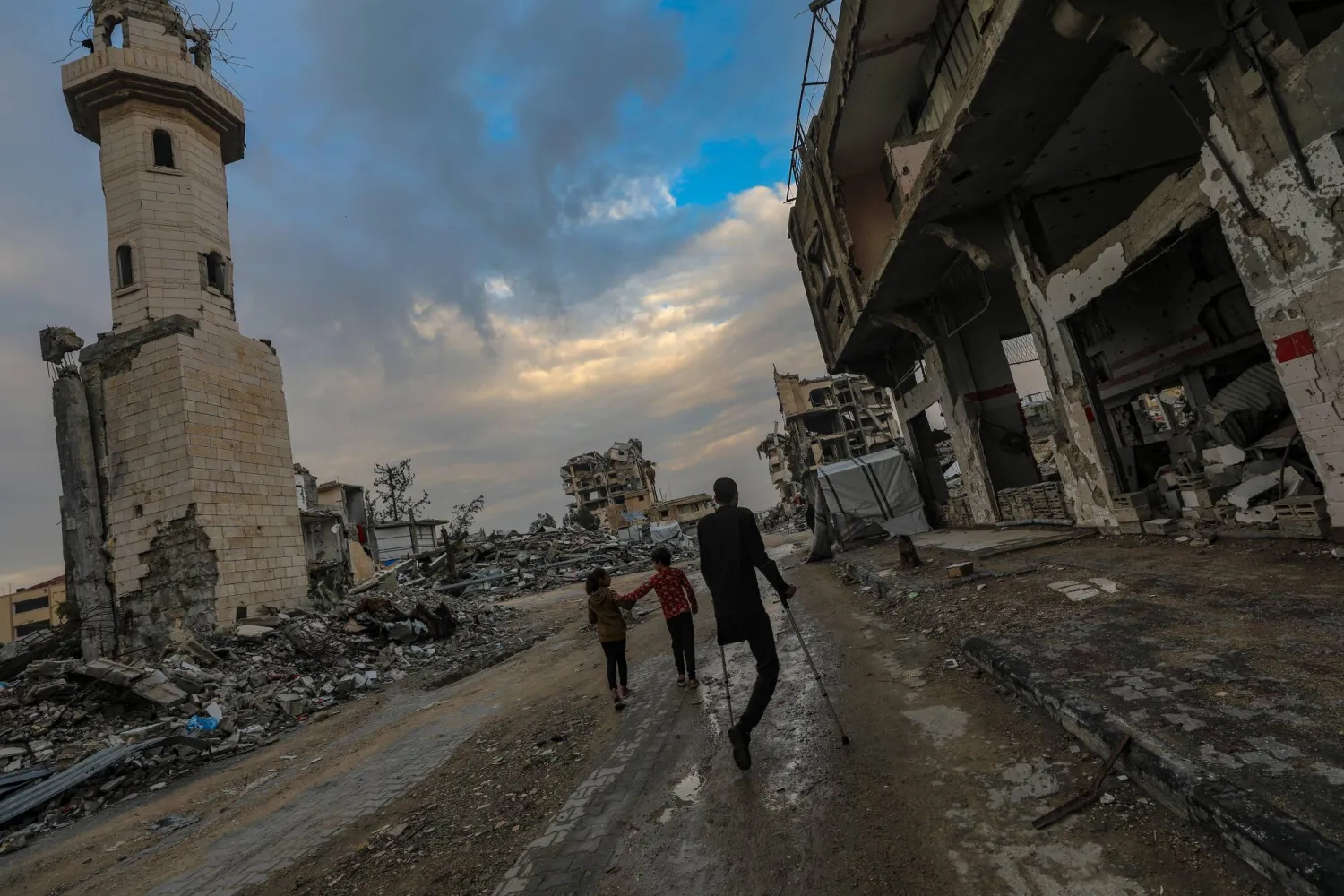Iranian oil tanker Adrian Darya 1, released last month from Gibraltar, has arrived at the Syrian port of Tartus, asserted US national security adviser John Bolton.
Satellite images showed the oil tanker off the Syrian port of Tartus, as Maxar Technologies Inc said on Saturday.
Adrian Darya, which was at the center of a dispute between Tehran and Western powers, was seen off Tatrus after Iran promised it won’t transport its shipment to Syria.
Tank Trackers site, which monitors the route of oil tankers, revealed that the tanker was spotted near Tartus, but it could not confirm whether the ship carrying 2.1 million barrels of oil was unloading.
Pictures provided by Maxar showed that Adrian Darya was very close to Tartus port, days Refinitiv ship-tracking data showed the tanker apparently shut its transceiver down in the Mediterranean off the west coast of Syria.
The new images matched a black-and-white image that Bolton previously posted on his Twitter page.
“Anyone who said the Adrian Darya-1 wasn’t headed to Syria is in denial. Tehran thinks it’s more important to fund the murderous Assad regime than provide for its own people. We can talk, but Iran’s not getting any sanctions relief until it stops lying and spreading terror,” tweeted Bolton.
The British Special Marines detained the tanker, formerly known as Grace 1, off Gibraltar on July 4, on suspicion of heading to Syria in violation of EU sanctions. Two weeks later, Iran seized a British-flagged tanker in the Strait of Hormuz.
The Gibraltar government released the Iranian tanker on August 15 after receiving official written assurances from Tehran that the tanker would not unload its 2.1 million barrels of oil in Syria.
However, sources in the shipping sector suggest that the tanker is trying to transfer part of its cargo to another ship, after Iran said it sold the oil.
Iranian and Syrian officials have not acknowledged the vessel's presence near Syria. There was no immediate report in Iranian state media about the ship, though authorities earlier said the 2.1 million barrels of crude oil on board had been sold to an unnamed buyer.
Media affiliated with the Syrian regime in Tartus welcomed the Iranian tanker, and thanked Iran for “defying the whole world and US”.
Tartus News Network thanked Iran on its Facebook page, saying that “there won’t be a fuel crisis in the winter because of the Iranian ally who challenged the whole world and challenged the US... insisting on sending the ship despite all the sanctions on anyone who exports oil to Syria.”
The oil on board would be worth about $130 million on the global market, but it remains unclear who would buy the oil as they'd face the threat of US sanctions.
US prosecutors in federal court allege the Adrian Darya’s owner is Iran’s Revolutionary Guard Corps (IRGC), which answers only to Supreme Leader Ali Khamenei.
On Wednesday, the US imposed new sanctions on an oil shipping network it alleged had ties to IRGC and offered up to $15 million for anyone with information that disrupts the Guard’s operations.
Meanwhile Saturday, the US Transportation Department’s Maritime Administration issued a new warning to shippers about a potential threat off the coast of Yemen in the southern Red Sea.
“A maritime threat has been reported in the Red Sea in the vicinity of Yemen. The nature of the event is potential increased hostilities that threaten maritime security,” the warning read.
A spokesman for the US Navy’s Bahrain-based 5th Fleet, Commander Joshua Frey said the Navy remained ready to maintain the safety of shippers in the region.
Associated Press has asked him, but Frey declined to specifically discuss the warning.









